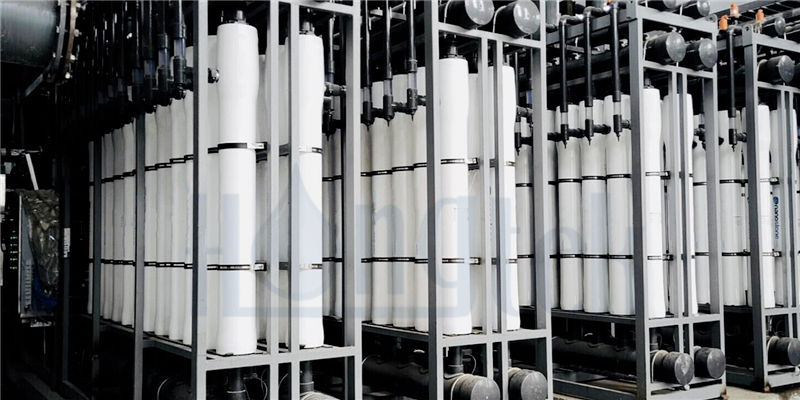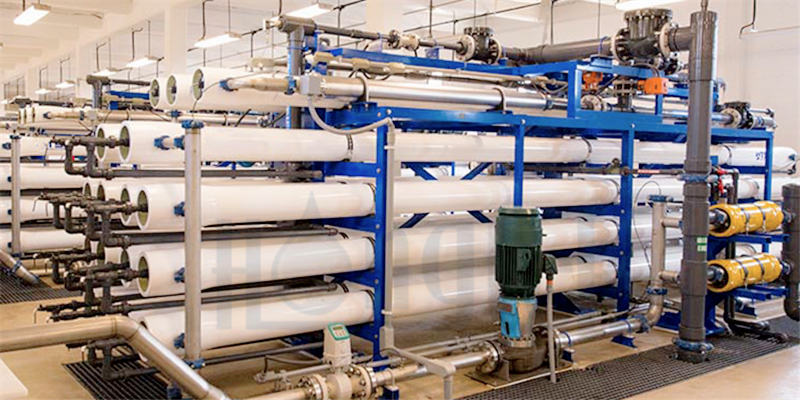Sucrose molasses is a dark brown, sticky by-product produced by sugar cane as a raw material in a sugar mill. It is a widely used raw material, but the ingredients in the molasses are not fully utilized. In order to make the sugar cane molasses more fully utilized, the multi-stage membrane filtration process is now used to refine the sugar cane molasses.
To use ultrafiltration membrane to decolorize and clarify sugarcane molasses after dilution and centrifugation. The ultrafiltration concentrate can be used for the extraction of natural pigments after being washed and filtered with water, and the ultrafiltration permeate is decolorized and demineralized by ion exchange resin, and then enters the next-stage nanofiltration membrane system.
2. Nanofiltration
The permeate after decolorization and salt removal by ion exchange resin is concentrated and impurity removal through nanofiltration membrane. Since the nanofiltration concentration has removed some small molecular impurities such as reducing sugars, amino acids and inorganic salts, it can continue to recycle crystals to produce sugar. Nanofiltration permeate enters the next more sophisticated reverse osmosis membrane system.

3. Reverse Osmosis Filtration
After the nanofiltration permeate is concentrated by reverse osmosis, because the reverse osmosis concentrate contains a large amount of sugar, amino acids and monovalent inorganic salts, it can be used to prepare functional sugar beverages. The pure water after reverse osmosis filtration can continue to be used for the dilution and diafiltration of molasses in the ultrafiltration filtration process.

In order to improve the economic benefits of sugar mills and solve environmental pollution problems, this process adopts a combination of ultrafiltration, nanofiltration, and reverse osmosis multi-stage membrane filtration technology to achieve the removal and utilization of reducing sugar in sugarcane molasses, making sugarcane molasses are used more efficiently.